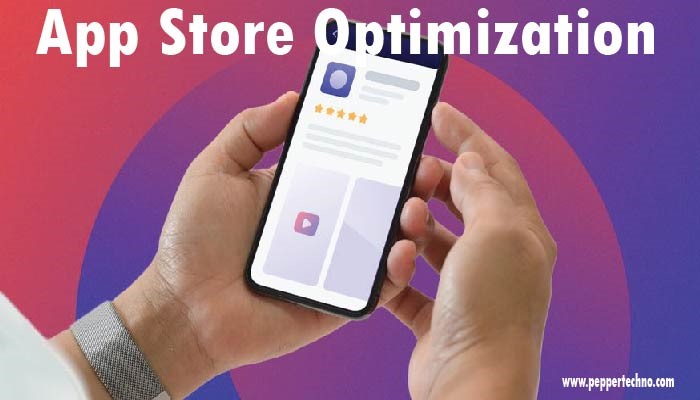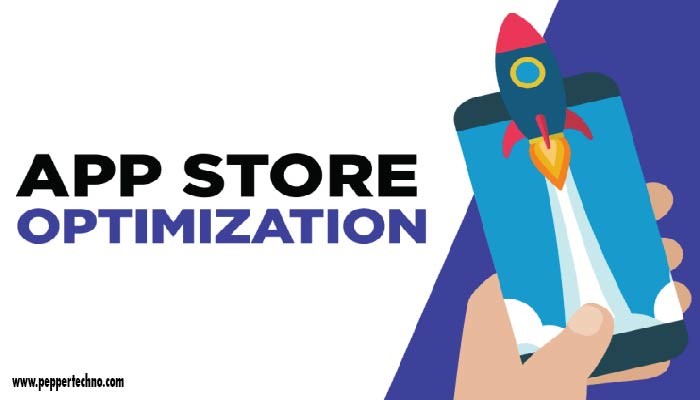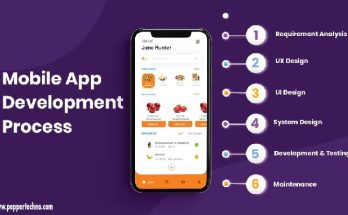The Ultimate Guide to App Store Optimization
In today’s app-saturated world, standing out in the digital marketplace is more challenging than ever. With millions of apps vying for attention across various platforms, developers must employ strategic techniques to ensure their apps get noticed. App Store Optimization (ASO) emerges as a critical component in the success of any mobile application. This comprehensive guide will explore the ins and outs of ASO, providing developers with actionable strategies to maximize their app’s visibility, attract users, and drive downloads.

Understanding the Importance of ASO
Before delving into the intricacies of ASO, it’s crucial to grasp its significance in the app ecosystem. ASO encompasses a range of techniques aimed at optimizing an app’s presence in the app store, including keyword optimization, metadata enhancement, and user engagement strategies. By improving an app’s discoverability and relevance, ASO increases its chances of ranking higher in search results and attracting organic downloads.
The App Store Landscape
This section provides an overview of the major app stores, including the Apple App Store and Google Play Store. Understanding the unique algorithms, ranking factors, and user behavior patterns of each platform is essential for effective ASO. We’ll explore how app store algorithms prioritize apps based on factors such as keyword relevance, user ratings, download velocity, and user engagement metrics.
Conducting Keyword Research
Keyword research lays the foundation for successful ASO strategies. By identifying relevant keywords and phrases that potential users are likely to search for, developers can optimize their app’s metadata to improve its visibility in app store search results. This section will cover various tools and techniques for conducting comprehensive keyword research, analyzing search volume, competition level, and keyword relevance.
Crafting Compelling Metadata
The app title, description, and keywords field are crucial components of an app’s metadata that directly impact its discoverability and conversion rates. In this section, we’ll discuss best practices for crafting compelling metadata that not only accurately describes the app’s features and benefits but also incorporates relevant keywords to improve search visibility.
Designing Engaging Visual Assets
Visual assets such as app icons, screenshots, and videos play a significant role in attracting users’ attention and persuading them to download the app. This section will explore design principles and optimization techniques for creating visually appealing and informative visual assets that effectively communicate the app’s value proposition and encourage conversions.
Optimizing for User Ratings and Reviews
Positive user ratings and reviews are essential social proof signals that can significantly impact an app’s conversion rates and ranking in the app store. In this section, we’ll discuss strategies for encouraging users to leave positive reviews, responding to user feedback effectively, and leveraging user testimonials to enhance the app’s credibility and trustworthiness.
Implementing Localization Strategies
App localization involves adapting an app’s content, language, and cultural elements to resonate with diverse global audiences. This section will explore the importance of localization in reaching international markets, strategies for optimizing app metadata for different languages and regions, and tools for managing multilingual app assets effectively.
Leveraging App Analytics for Optimization
Data-driven decision-making is key to effective ASO. By leveraging app analytics tools, developers can gain valuable insights into user behavior, app performance, and the effectiveness of ASO strategies. This section will explore the use of app analytics tools to track key performance metrics, monitor user engagement, and identify areas for improvement in the app’s optimization strategy.
Conducting A/B Testing and Iterative Optimization
A/B testing allows developers to experiment with different variations of app elements, such as app icons, screenshots, and app descriptions, to identify the most effective combinations for driving conversions. This section will discuss best practices for conducting A/B tests, interpreting test results, and implementing iterative optimization strategies based on data-driven insights.
Staying Ahead of ASO Trends and Best Practices
The landscape of ASO is constantly evolving, with new trends, technologies, and best practices emerging regularly. In this section, we’ll explore the latest ASO trends and industry developments, including the impact of emerging technologies such as artificial intelligence and machine learning on app discovery and optimization.
Case Studies and Success Stories
Real-world case studies and success stories provide valuable insights and inspiration for developers looking to optimize their apps effectively. In this section, we’ll analyze examples of successful ASO implementations, highlighting the strategies and techniques that contributed to their success.
Conclusion
Mastering the art of ASO is essential for maximizing an app’s visibility, attracting users, and driving downloads in today’s competitive app marketplace. By understanding the fundamentals of ASO, conducting thorough keyword research, crafting compelling metadata and visual assets, and leveraging app analytics for optimization, developers can significantly improve their app’s chances of success. With continuous experimentation, iteration, and staying abreast of the latest trends and best practices in ASO, developers can ensure their apps remain competitive and achieve their full potential in the ever-evolving app ecosystem.



